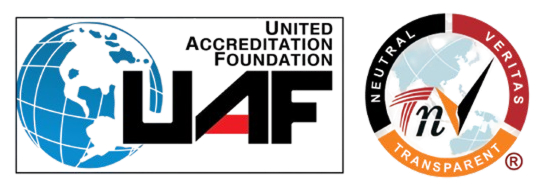Process
Import of Raw Material
The process begins with the importation of high-quality aluminum and copper scrap. MAPL sources scrap from international suppliers, ensuring a steady flow of raw materials that meet specific industry standards. The materials, such as TALK Scrap, Taint Tabor, Copper Birch Cliff, and Different Grade Aluminium & Copper scrap, are carefully selected based on their composition, quality, and recyclability. Each batch is inspected upon arrival to ensure it conforms to the ISRI (Institute of Scrap Recycling Industries) specifications. This guarantees that the materials processed are free from contaminants that could compromise the quality of the final products.
- Secure high-quality aluminum and copper scrap.
- Ensure the materials meet ISRI specifications for purity and composition.
- Prepare for efficient separation and processing of valuable metals.
Segregation Process
Once the raw materials are received, they undergo a thorough segregation processto separate aluminum from copper and other non-metallic materials. This stage involves manually inspecting and sorting different grades of scrap, such as various aluminum grades (TALK, Utensils, Tread/Profile) and copper materials like Copper Birch Cliff and Copper Wire Rod. The material is carefully categorized to maintain the integrity of each metal and to prepare them for the next stages of cleaning and refinement. The segregation process helps prevent contamination that could hinder the quality of the final recycled product.
- Remove unwanted contaminants such as dirt, plastics, and non-metallic items.
- Separate different metal types to ensure clean, pure feedstock for further processing.
- Ensure that each metal type is processed according to its specific recycling requirements.
Shredding and Sorting
- Purify the metals by removing residual impurities, such as dirt, plastics, and other metals.
- Shred materials into smaller pieces to facilitate more efficient handling and processing.
- Prepare the material for high-quality refinement while reducing processing time.
Quality Control
- Monitor and maintain the purity and composition of the metals at every stage of the process.
- Ensure that the final products meet or exceed industry standards for quality.
- Provide customers with materials that are guaranteed to be of the highest quality, ready for use in demanding applications.
Environmental Responsibility
- Reduce environmental pollutants, such as dust, ash, and water discharge, through advanced pollution control systems.
- Ensure compliance with local and international environmental standards.
- Contribute to a cleaner and greener planet by minimizing waste and emissions.



